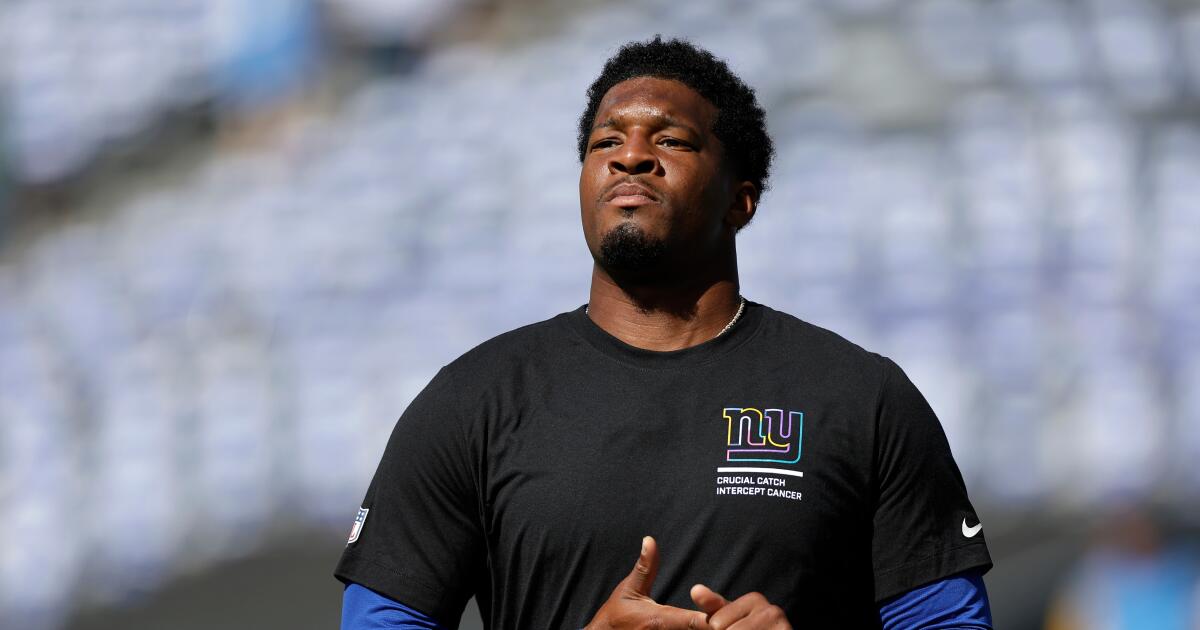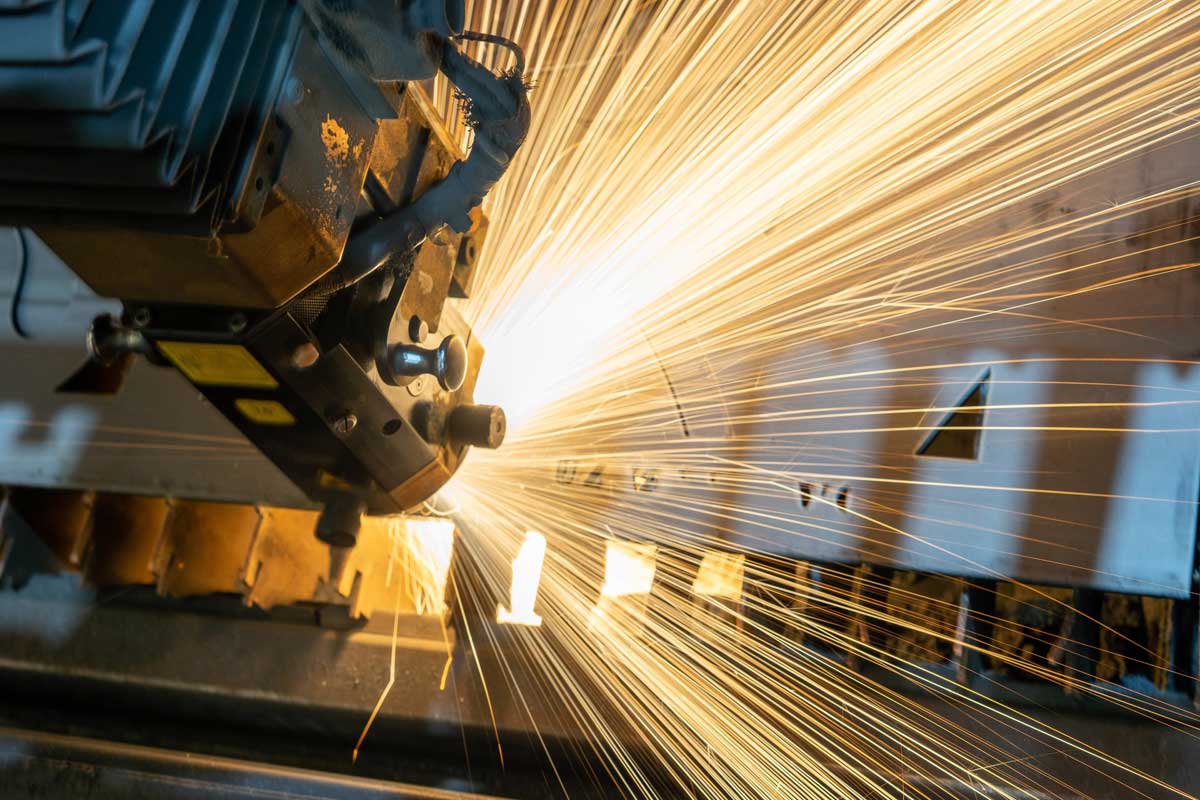Jameis Winston, not Russell Wilson, to start for Giants if Dart can’t
Jameis Winston entered last Sunday as the New York Giants’ No. 3 quarterback.
This week, he appears to be set to make his first start of the season.
Winston has been moved ahead of fellow veteran quarterback Russell Wilson on the Giants’ depth chart, according to multiple media outlets. The move puts Winston in line for what appears to be a likely start Sunday against the Green Bay Packers as regular starter Jaxson Dart remains in concussion protocol.
It’s the first major decision made by interim coach Mike Kafka since the Giants’ firing of coach Brian Daboll on Monday. New York went 20-40-1 in three-plus seasons under Daboll, including a 2-8 start to this season.
A 10-time Pro Bowl selection and a Super Bowl champion with the Seattle Seahawks, Wilson started 11 games for the Pittsburgh Steelers in 2024, his 13th NFL season. He was signed during the offseason by the Giants to be their 2025 starting quarterback.
Winston was signed to be Wilson’s backup. In his previous 10 NFL seasons, Winston had gone 36-51 as the starting quarterback for the Tampa Bay Buccaneers, New Orleans Saints and Cleveland Browns, with 154 touchdowns and 111 interceptions.
In April, the Giants traded up nine spots in the draft to select Dart with the No. 25 overall pick. The rookie out of Mississippi ended up earning the No. 2 quarterback spot. But Wilson was largely ineffective during the Giants’ 0-3 start, and Dart was promoted to starting quarterback in Week 4.
Dart helped spark the Giants to wins over the Chargers and the defending Super Bowl champion Philadelphia Eagles in two of his first three starts. Overall this season, Dart is 2-7 as a starter, completing 63% of his passes for 1,417 yards passing with 10 touchdowns and three interceptions.
Last week against the Chicago Bears, Dart hit his head on the ground during the third quarter and eventually was checked for a concussion for the fourth time this season. Wilson entered the game mid-drive and led the Giants to an eventual field goal and a 20-10 lead.
Overall, however, Wilson was ineffective again — he completed three of seven passes for 45 yards and was sacked twice — as the Giants collapsed and lost the game 24-20.


